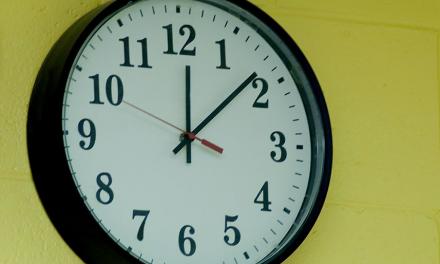For any teacher who’s standing in front of a classroom of weekend weary students come Monday morning, the impact of tiredness on learning doesn’t need to be explained at length.
Yet despite lack of sleep being just about the most well understood of all lifestyle habits to affect learning, it remains an ever more concerning blight on the educational landscape.
Here, we take a look at just how serious an issue this is, as well as studying the science behind sleep and learning.
Startling stats – sleepiness is directly connected to affluence (and technology)
The impact of sleep deprivation in education is, without question, an issue that is more prevalent in more affluent countries.
Recent research has put solid figures to this – discovering that, in the US, 73% of 9 and 10-year-olds and 80% of 13 and 14-year-olds were identified by their teachers as being adversely affected by sleep deprivation.
Whilst England followed up with similar figures, countries that were less affluent (and therefore where students’ access to technology was restricted), the results were far less prevalent.
Read the BBC report on this research
“Youngsters are not getting enough sleep during the night before a school day with nearly one in three (30%) achieving just four to seven hours’ sleep instead of the recommended eight to nine hours for this age group”.
The science behind sleep and learning
Research has today set in stone two undeniable ways in which learning and classroom performance is impacted by sleep. First, a sleep-deprived student cannot focus – and is then unable to learn and perform efficiently in the classroom.
Second, the sleep process itself is critical for memory consolidation – the neurological process whereby information is stored.
Between the ages of five and 11, a child will need 10-12 hours of sleep a night.
Between the ages of 11 and 18, a child will need 8.5-10 hours of sleep a night.
Teacher tips for tackling tiredness
Tackling the issue of poor sleeping habits and sleep deprived students with parents is a tough task. Not only do educational professionals risk encroaching on what may be deemed to be home life, but moreover the issue of flat out denial as to poor sleeping habits is something that may lead to unhelpful exchanges.
Here are some tips to help avoid just such an approach.
1. Educate your students
Ultimately students, at some age, must take responsibility for their sleeping routine (after all, how many children may be hidden away, tapping away on their smartphones with parents or carers blissfully unaware that they’re not fast asleep?).
Educating students as to the impact of sleep deprivation is then critical if schools are to address the issue head on.
2. Get the learning environment right
Stiflingly hot rooms, monotonous and repetitive learning and bright computer screens can all serve to rival the effectiveness of counting sheep.
This can be countered this by simply opening a window, switching up learning to become more involved and less predictable, and moving away from the computer desks.
3. Move away from old-school methods
Dropping a book on a desk, shouting a student’s name or asking them a question that you know they’re ill-prepared (or completely unconscious) for, are all common tactics when dealing with a slumbering student.
Yet this can often stop a student from eventually talking with a teacher about why they’re so tired. Replacing these methods with an understated pat on the back or arm can avoid embarrassment, and can be followed up by an after class chat.
4. Continually cat napping students? Then broach the issue carefully
Students who are continually tired aren’t always those who have simply been on their smartphones into the early hours. Other considerations include whether they’re ill, working or have something else going on at home. For this reason, rapport and a careful approach are both critical to addressing and overcoming potentially serious issues leading to their daytime tiredness.









